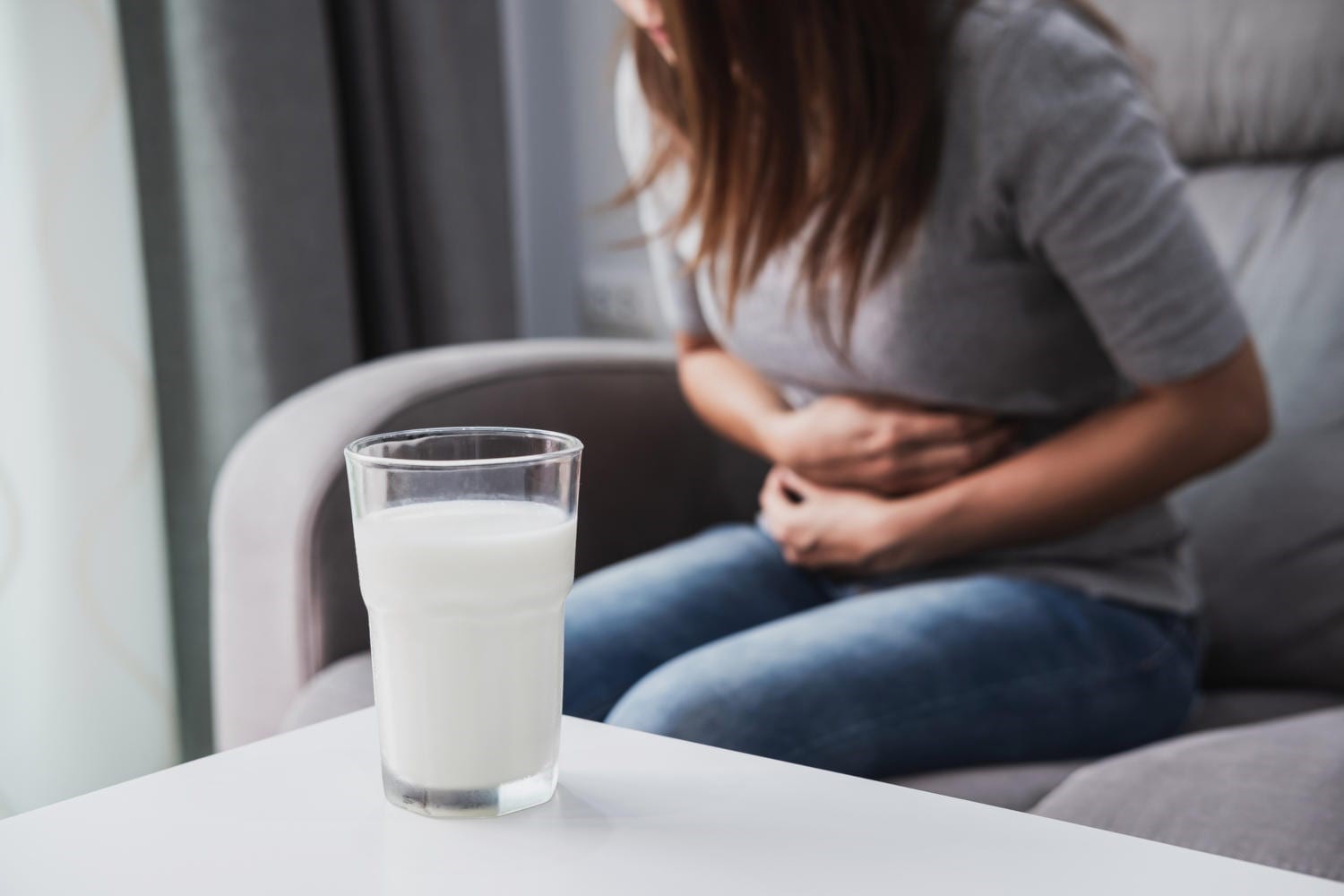
Lactose intolerance: symptoms and remedies
Lactose is a sugar found mainly in milk and dairy products. The small intestine, the organ where one of the basic steps of food digestion and nutrient absorption takes place, is capable of producing an enzyme called lactase
Lactase’s main task is to break down (break) lactose into two simpler forms of sugar
- glucose,
- galactose,
which the body is able to absorb into the bloodstream.
We speak of lactose intolerance when a person is unable to digest food containing lactose, on pain of various symptoms mainly at the gastrointestinal level; the most common cause is lactase deficiency in the intestine.
This is not a serious condition and it is generally sufficient to avoid consuming risky foods to prevent any symptoms.
Symptoms of lactose intolerance occur following the consumption of lactose and include:
- abdominal bloating
- diarrhoea,
- presence of intestinal gas,
- abdominal pain and cramping,
- feeling of fullness,
- intestinal gurgling,
- nausea.
Symptoms appear approximately 30 minutes to 2 hours after eating or drinking lactose-containing foods and their severity may range from mild to severe, depending on
- amount of lactose consumed,
- amount of lactase available.
Besides causing these unpleasant symptoms, lactose intolerance can indirectly cause health complications if not properly managed
A diet low in or devoid of milk and dairy products may in fact expose you to the risk of deficiency of
- vitamin D,
- calcium.
If with good and regular exposure to the sun, the body can be entrusted with the production of a sufficient amount of the vitamin, for calcium the situation can be more complicated; calcium is an essential mineral at all ages, both for growth and for maintaining healthy bones.
Insufficient intake can lead to bones that are less dense and therefore less resistant, and more likely to break (osteoporosis).
Some alternative, non-dairy foods that are a good source of calcium are:
- fish with soft bones that you can eat, such as canned sardines and salmon,
- broccoli,
- some breakfast cereals,
- tofu (a food derived from soya)
- plant milks fortified with calcium.
HOW MUCH LACTOSE CAN ONE CONSUME WITHOUT EXPERIENCING SYMPTOMS?
Most people with lactose intolerance are able to consume a certain amount of lactose in their diet, without therefore needing to avoid foods containing it completely; each patient is able to tolerate a different amount of lactose, due to several factors, first and foremost the amount of lactase produced in the intestine.
The literature suggests that adults and adolescents with lactose malabsorption should be able to eat/drink at least 12 grams of lactose at a time without experiencing symptoms or the appearance of minor symptoms.
This amount is contained in about one cup of milk.
The amount tolerated can however also vary depending on how it is distributed during the day and whether or not consumption takes place on an empty stomach (higher risk situation).
ARE MILK ALLERGY AND LACTOSE INTOLERANCE THE SAME THING?
No.
Milk allergy is a reaction of the body’s immune system to milk proteins and symptoms include
- urticaria
- skin rash (eczema)
- and stomach pain.
It is a common allergy in infants and children
Milk allergy usually occurs in the first year of life (and is then usually outgrown), while symptoms of lactose intolerance are rare before the age of 2 or 3 years.
Read Also:
Emergency Live Even More…Live: Download The New Free App Of Your Newspaper For IOS And Android
How IBS Is Treated: Diet And Treatment Of Irritable Bowel Syndrome
Pinworms Infestation: How To Treat A Paediatric Patient With Enterobiasis (Oxyuriasis)
Intestinal Infections: How Is Dientamoeba Fragilis Infection Contracted?
Gastrointestinal Disorders Caused By NSAIDs: What They Are, What Problems They Cause
Intestinal Virus: What To Eat And How To Treat Gastroenteritis
Wales’ Bowel Surgery Death Rate ‘Higher Than Expected’
Irritable Bowel Syndrome (IBS): A Benign Condition To Keep Under Control
Colitis And Irritable Bowel Syndrome: What Is The Difference And How To Distinguish Between Them?
Irritable Bowel Syndrome: The Symptoms It Can Manifest Itself With
Experts Call For Changes To The Way IBS (Irritable Bowel Syndrome) Is Diagnosed
What Is Proctalgia Fugax? Symptoms, Causes And Treatment
Internal And External Haemorrhoids: Causes, Symptoms And Remedies
Haemorrhoids: The Newest Tests And Treatments To Treat Them
What Is The Difference Between Haemorrhoids And Fissures?
Blood In The Stool: What Causes It And What Diseases It May Be Associated With
A. Resistant Bacteria: The Important Discovery Of Australia
Infection With Carbapenem-Resistant Enterobacteria
Diarrhoea: What It Is, What Can Cause It And How To Intervene
Lactose Intolerance? The Breath Test Tells You So


